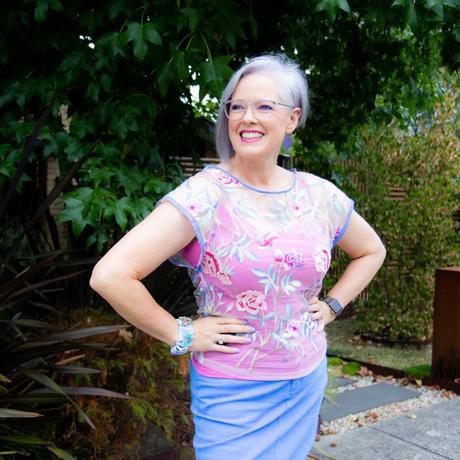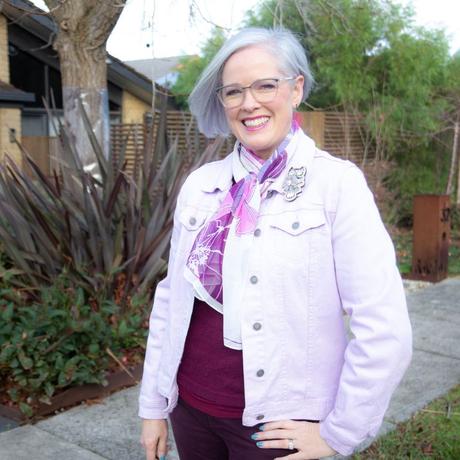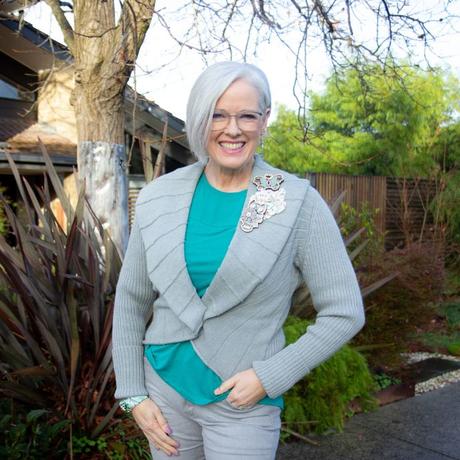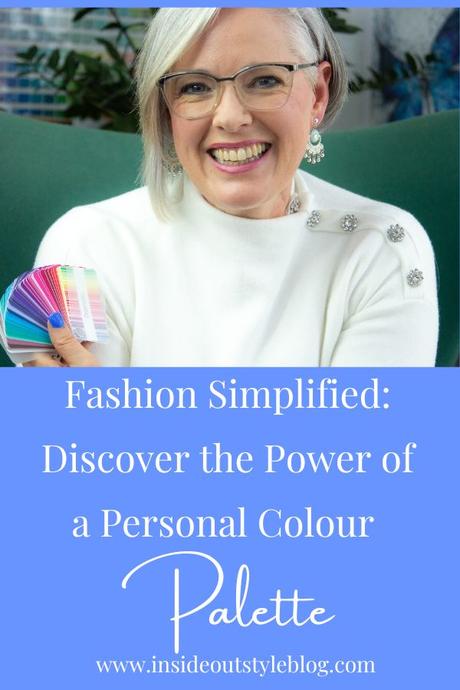



Embracing the Art of Simplicity
“Too much choice is actually a bad thing; our brains can’t really cope with too much choice. So, sometimes limiting ourselves to a slightly smaller colour palette makes life easier.” Imogen Lamport
Have you ever felt overwhelmed by the myriad of choices in your wardrobe, yet found yourself unable to step inside and pick an outfit? You’re not alone. As an image consultant and personal colour analysis expert, I often encounter intelligent, empowered women who face this dilemma. The key lies in understanding and utilising colour palettes to create outfit formulas that reflect your unique personality.
&iv;&modestbranding;&rel;&autohide;&playsinline;&autoplay;
The Science Behind the Colours
Intensity, Value, and Undertone
Colours are more than just shades; they are an intricate play of intensity, value, and undertone. Intensity refers to how bright or muted a colour is. Value, on the other hand, speaks to how light or dark a colour appears. This can be understood easily: light blue is blue with white added, and dark blue is blue with black added. Similarly, pink is light red, and burgundy is dark red. If you’d like to know more about these colour properties check out this post.
“What suits you as far as light and dark goes comes down to your hair colour. Lighter hair colour means overall lighter colours; darker hair colour means overall darker colours.” Imogen Lamport
Understanding these nuances can simplify your wardrobe choices. For example, if you have lighter hair, opt for lighter shades, and vice versa for darker hair. This simple trick ensures harmony between your natural colouring and your wardrobe.
Warm or Cool?
The final piece of the puzzle is the undertone – is the colour warm or cool? This is determined by whether the colour has a blue or yellow base. Knowing your personal undertone can significantly refine your wardrobe choices. And when you’re wanting to mix and match colours together, when colours have the same undertone and intensity, it’s super easy to create glorious colour combinations. This is why when you have a personal colour analysis and a colour palette, mixing colours in your wardrobe becomes easy, as those colours are in harmony with each other already. Use it as your guide and you’ll be hard-pressed to go wrong.
Creating Your Personal Colour Palette
1. Assess Your Current Wardrobe
Start by looking at what you already own. Identify if you lean towards bright, muted, or neutral colours. This initial step can reveal a lot about your natural preference and what works best for you. If you’d like to discover which are really best for you (as this changes over your lifetime as hair and skin as well as eye colours subtly (or not so subtly) change as we age, then it’s a great investment to treat yourself to a personal colour analysis to discover your ideal palette that suits your colouring today. You’ll then know exactly which is your best intensity of colours.
2. Utilise the Colour Wheel
The colour wheel is an invaluable tool. It introduces concepts like monochromatic (shades of a single colour), analogous (colours next to each other on the wheel), and triadic (three colours forming a triangle on the wheel) combinations. These relationships help in creating cohesive and appealing outfits. Look also at your own colouring. What colours are your skin hair and eyes? What are their colour relationships? For example, if you have brown hair, beige skin and brown eyes, you have monochromatic colouring. If you have olive green eyes, golden blonde hair and peachy gold skin then you have analogous colouring and will look stunning in analogous colour combinations. Say you’ve got red (orange) hair and blue eyes, with alabaster skin, go for complementary colour schemes that match your colouring. Or maybe you’re like many who have brown or dark blonde hair (neutral) and blue eyes with beige skin, or alternatively, maybe your hair and eyes are both brown, but your skin is on the more ruddy side, if either of these are you, then wearing one colour with your neutrals (rather than all neutrals) will always be a great look.

Pink and blue are a great easy colour combination for me, as my skin is pinkish and a great skin enhancer, and my eyes are blue, so whenever I wear them together, I’m just repeating the colours that are inherent in me.
3. Experiment with Combinations
Don’t shy away from experimenting with different combinations. Sometimes, a scarf or a patterned garment can inspire an entire outfit. Look for pieces in your wardrobe that echo the colours in these items. Check out my tips in this blog post on how to create a colour scheme around a scarf.
 Finding Harmony and Ease
Finding Harmony and Ease
Once you establish a colour palette, dressing becomes an effortless exercise. One of my clients shared how this approach transformed her morning routine. Her wardrobe, now a harmonious collection of complementary colours, makes outfit selection a breeze. The easiest way to build a wardrobe is to follow what you see in yourself. So your best neutral colour will relate to your hair or eye colour.

For me, that’s now light grey, though when I had black hair it was black.
Reflecting on Your Inner Self
“This is why when you’re looking in the mirror and you’re deciding about how do I put a formula together, look in the mirror, look at what you’re seeing, and see if you can repeat that with your outfits.” Imogen Lamport
Remember, your wardrobe is a reflection of you – your personality, your body, your colouring. When your outfits are in harmony with these elements, you not only look good but feel good. It’s like listening to a beautiful piece of music, where every note is in perfect harmony.
Creating a colour formula for your wardrobe is not just about fashion; it’s about expressing who you are. Take the time to understand the science of colours and see how it can transform not only your wardrobe but also your confidence and presence. As you embark on this journey of self-discovery and style, remember: that harmony is the ultimate sophistication. And when you choose the colours that are in harmony with you, you’ll simplify all your clothing choices which makes for wardrobe simplification.
Embark on your style journey with this new understanding. How will you apply these principles to your wardrobe? Share your thoughts and experiences in the comments below!
Further Reading on Using and Choosing Colours For Your Outfits
How to Use a Colour Wheel to Create Outfits
How to Choose Prints That Work With Your Colour Contrast
Getting the Balance Right with Your Colour Contrast







